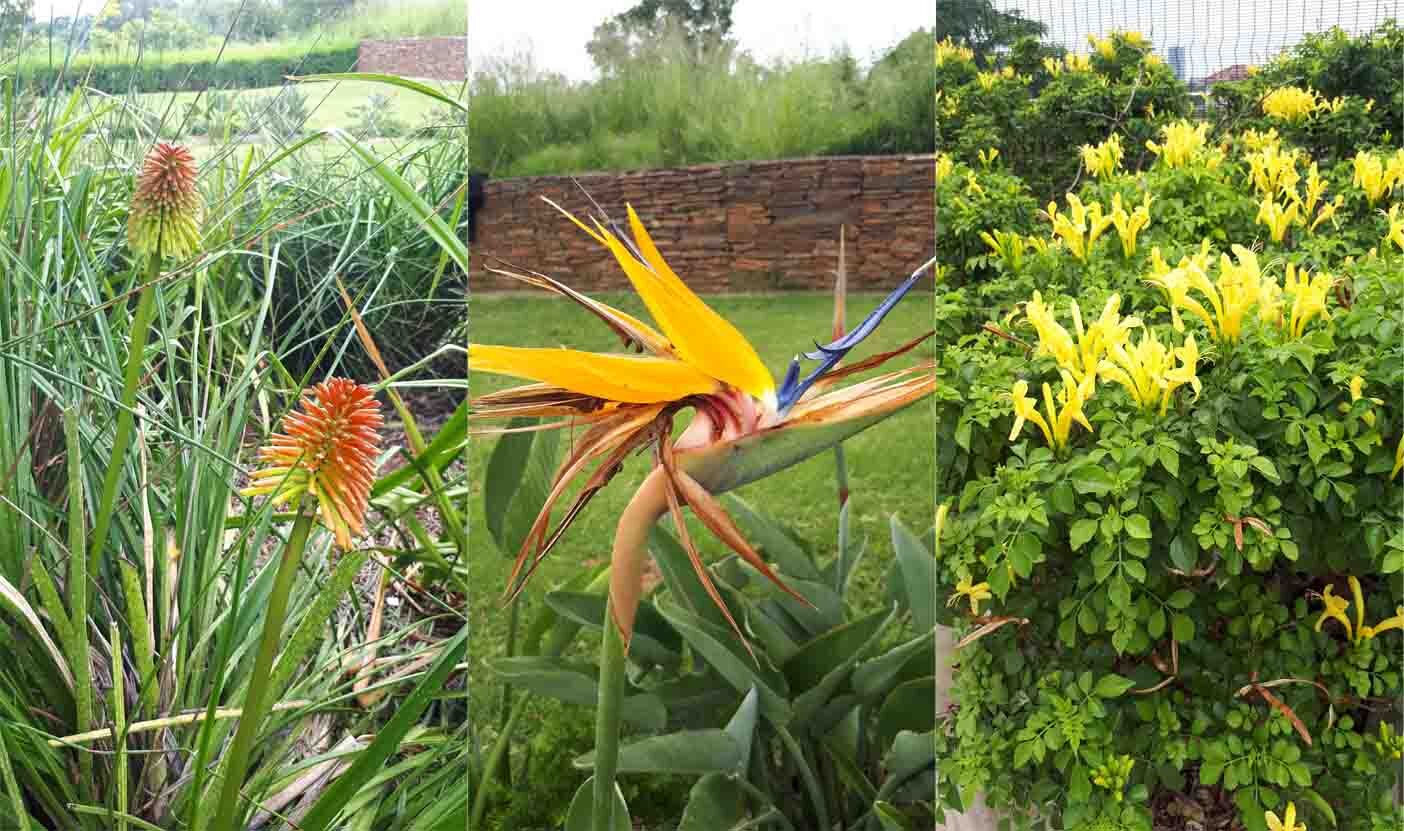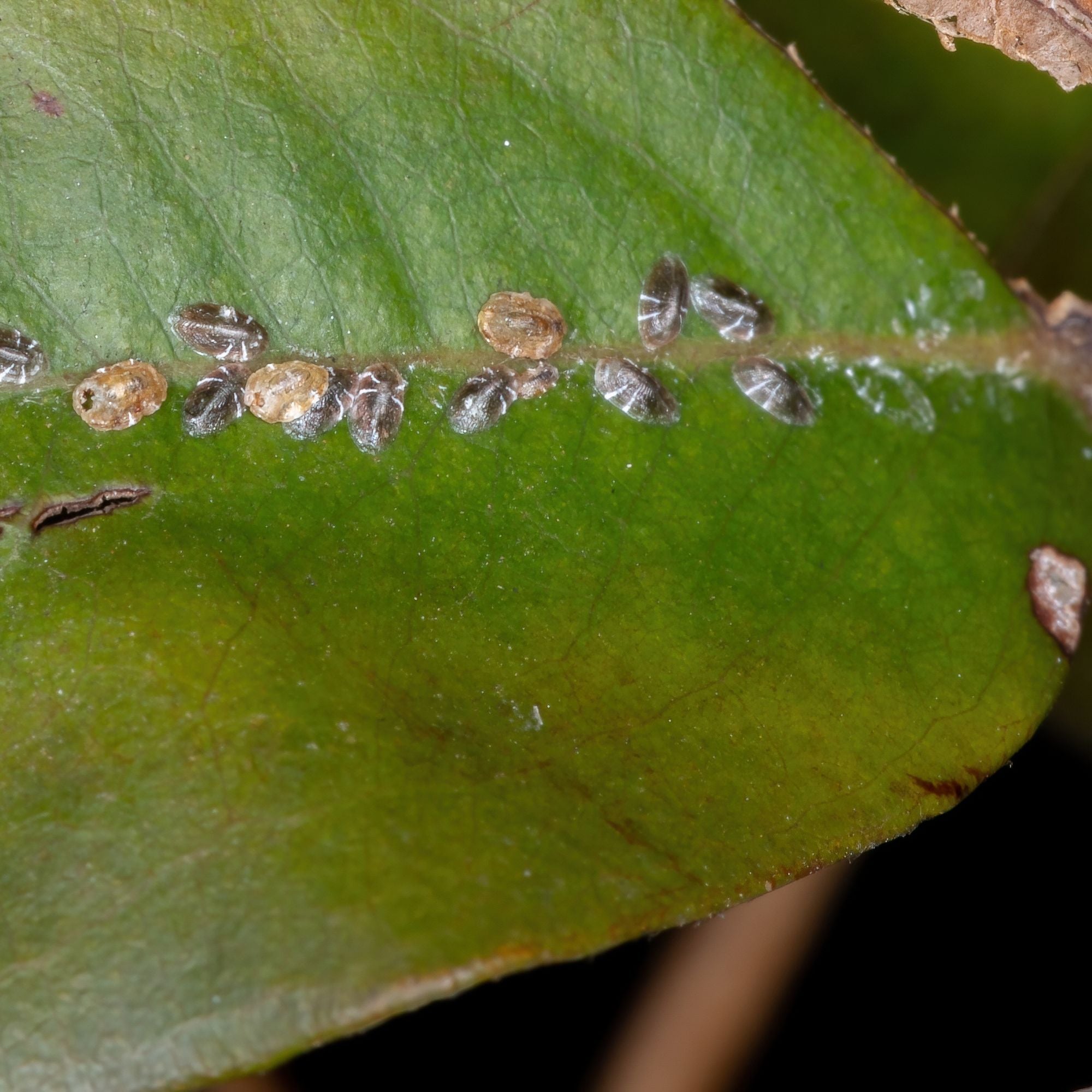Common Challenges in Indigenous Plant Gardening and How to Overcome Them

For every stunning photo of a thriving indigenous plant garden you see online, there are probably ten gardeners quietly scratching their heads over scraggly patches and those frustrating brown spells. The common advice—“just plant natives and watch them flourish”—often glosses over the real gap between wild ecosystems and our backyards. If you’ve followed the typical guides only to be met with bare soil or invasive weeds, you're not alone. These struggles reveal the unspoken challenges of indigenous plant gardening.

As someone who geeks out on data and outcomes (sometimes to my own frustration), I want to get honest here: success isn’t about copying a formula but learning, adapting, and sometimes—yes—even failing. Let’s unpack popular advice, challenge some myths, and get practical about what really works.
1. The Soil Myth: Native Plants Don’t Always Need Fancy Amendments
It’s tempting to think adding bags of compost or gypsum will give natives a boost. But here’s what I found after some muddy experiments: wild-native plants are survivors that often prefer poor soils over pampered beds.
Example: Back in 2019, I tested two plots side-by-side: one left as urban fill dirt, the other piled high with premium compost. Surprisingly, the compost bed became a weed jungle with weak, floppy goldenrod—while the bare soil plot grew tight-knit clumps of coreopsis and little bluestem that hung in there through dry spells.
Bottom line? Resist the urge to “fix” your soil unless it’s basically concrete or gravel. Instead:
- Pick two or three native species known for tolerating tough ground in your region.
- Plant them directly into your soil.
- Watch who thrives after six months—those are your most reliable starters.
This approach saves time, money, and heartache from over-amending—a common rookie mistake.
2. Weeds Are Part of the Process—Learn to Work With Them
Weeds often feel like enemies that must be obliterated immediately. But heavy mulching can smother delicate native seedlings or invite slug invasion—and hand-pulling risks yanking out small natives disguised among scraggly greens.

When I tackled a sand prairie restoration in 2021, cheatgrass ruled until mid-summer no matter what cover I used. Constant weeding just made holes for more weeds.
So instead, I tried something different: every few months, I took aerial photos (yes, Google Earth!) and overlapped a grid to map where weeds dominated versus where natives were winning. That led me to strategic spot-mowing in early June, which thinned aggressive annual weeds better than endless pulling.
The big lesson? Accept some messiness at first. Nature’s succession means temporary weed bursts—but if you let perennial natives build their canopy gradually, weeds recede naturally by year three.
3. Watering Natives? Less Is Usually More
Many guides shout “water deeply each week” for new natives—but my trials tell another story. During Toronto’s record heat in 2022:
- One batch of plants got weekly deep watering.
- Another only saw water when their leaves wilted badly—maybe once every two weeks or less.
By season-end:
- Watered plants had shallow roots and wilted during heat spikes.
- The “neglected” group developed deep roots that bounced back quickly from drought.
It feels counterintuitive but drought stress trains roots like an athlete training under pressure. Flooding new natives too often can stunt this essential resilience.
Try this: Only water if you notice wilting past noon on two days running. Otherwise, step back and let plants toughen up themselves—it’s hard but crucial.

4. Local Seed Isn’t Always Perfect
“Buy local seed” is sacred gardening gospel—but the reality is messier. After checking numerous Midwest wildflower plots from 2017–21:
- Some local nurseries rely on tiny seed sources with limited genetic diversity.
- Certain local mixes are overloaded with attractive species unsuited for your microclimate or soil type.
In Minneapolis’ city prairie project (2020), plots seeded with regional (not hyperlocal) genotypes actually attracted more pollinator types—probably because greater genetic variety supports wider insect communities.
Instead of obsessing over a strict five-mile radius:
- Mix regional seed sources with selected local species.
- Use proven varieties on tricky spots rather than chasing perfect provenance alone.
This diversity can mean the difference between a short-lived display and lasting habitat.
5. Messy Gardens Are Healthy Gardens
I get it—we all want tidy borders because neighbors notice a messy yard right away—but cutting everything down “for neatness” removes critical winter shelter for birds, bees, and beneficial insects long before they need it most.
At my New Jersey test plot (2018–19 winters), uncut flower stalks hosted nearly twice as many beneficial insects overwintering compared to mowed beds—and twice as many migratory birds feasted on seeds left standing through March thaw.
Ask yourself: Are you gardening for looks—or life?
If you want both:
- Delay major cleanups until late spring,
- Focus tidying efforts along pathways or visible edges,
- Let beds keep their natural skeletons inside where wildlife thrive unseen but supported.

6. Expect Pests—It’s Part of the Balance
No native garden is pest-free forever. Some insects seek out native hosts intentionally—that's normal! Small leaf damage from beetles or bee tunneling might look alarming but usually correct themselves if predators like spiders or wasps have good habitat nearby.
The real danger? Spraying—even organic products—to chase leaf perfection often kills these helpful predators too, causing bigger imbalances later on.
One butterfly patch audit showed every failed setup had been sprayed mid-season despite minor pest activity—proof that trying to banish pests outright can backfire badly.
A better move?
- Accept some nibbling as ecological feedback,
- Design layers so damaged plants stay hidden beneath healthier blooms,
- Encourage predator habitats by leaving woody debris or dense native grasses nearby.
How to Take Real Control: Keep Simple Records That Matter
Tracking sounds tedious (I know—I procrastinated too), but even minimal notes help clear confusion between random failures and real trends:
- Note germination per seed packet and location in your garden.
- Track rainfall alongside plant coverage mid-summer.
- Snap monthly photos of problem areas versus successes.
These simple habits reveal what generic advice misses—and help tailor solutions specifically for your patch over time instead of blindly following one-size-fits-all rules.
Quick Starter Checklist for Frustrated Gardeners:
- Test & trust your soil before amending; try tough natives first.
- Accept some early-season weeds; fight strategically (spot-mow or targeted pulls).
- Hold off watering unless leaves droop hard midday on multiple days.
- Mix regional seeds with select locals; broaden your genetic base.
- Delay fall clean-ups; leave structure standing through winter.
- Let some pest damage happen; encourage predator habitats.
- Keep simple logs & photos each season—it pays off!
- Be patient: Native gardens mature over years—not overnight miracles.

Honestly? Indigenous plant gardening is part science experiment, part art—and full of surprises along the way. The secret sauce isn’t found in glossy magazines or blog slogans—it’s in rolling up your sleeves, watching what happens in your unique spot, and being willing to shift course based on that data-driven observation.*
Have you ever felt like giving up because nothing seems straightforward? You’re not alone—and that frustration means you’re exactly where learning starts.
Next growing season: put down the mouse click frenzy chasing perfect guides…grab a notebook instead; start tracking what grows and what doesn’t where you live; then respond accordingly.
That’s how resilient landscapes—ones that truly work with nature instead of against it—come alive.
If neighbors ask how you coax abundance from average ground while others fail—share this truth: There is no shortcut except steady curiosity blended with patience…and a willingness to break conventional rules now and then.
Remember: Even experts don’t get it right every season—but they learn faster by asking better questions.
Good luck out there—you’ve got this!



